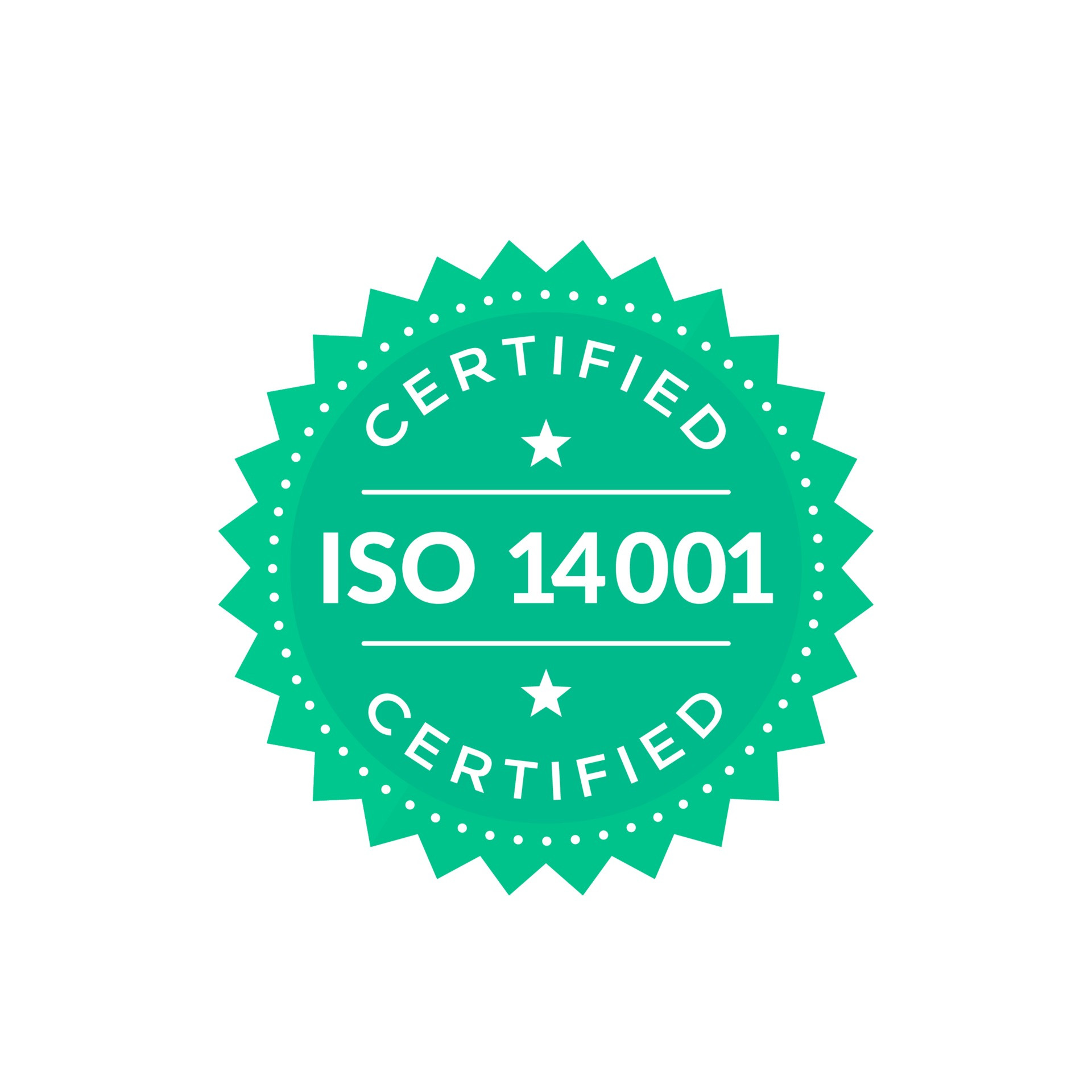
ISO 14001:2015 (EMS)
Understanding ISO 14001: The Environmental Management Standard
Introduction
In today's world, environmental sustainability has become a significant concern for businesses across various industries. With growing awareness of climate change and its impact, organizations are increasingly focusing on reducing their environmental footprint and implementing effective environmental management systems. One widely recognized standard in this area is ISO 14001. In this blog post, we will delve into the key aspects of ISO 14001, its benefits, and how it can help organizations achieve their environmental objectives.
What is ISO 14001?
ISO 14001 is an internationally recognized standard for environmental management systems (EMS). It provides a framework for organizations to establish, implement, maintain, and improve their environmental performance. The standard is developed and published by the International Organization for Standardization (ISO), which sets globally accepted criteria for various management systems.
Key Principles and Requirements
ISO 14001 is based on a set of key principles that guide organizations toward achieving environmental sustainability. These principles include:
-
Environmental Policy: Organizations need to establish and communicate their environmental policy, which should align with their overall business objectives.
-
Planning: Organizations must identify environmental aspects, set environmental objectives and targets, and develop action plans to achieve them.
-
Implementation: This phase involves putting the plans into action, including assigning responsibilities, providing resources, and implementing necessary procedures and controls.
-
Checking and Corrective Action: Organizations need to monitor and measure their environmental performance, conduct regular audits, and take corrective actions when necessary.
-
Management Review: Top management should review the EMS periodically to ensure its continued suitability, adequacy, and effectiveness.
Benefits of ISO 14001
Implementing ISO 14001 can bring several benefits to organizations, including:
-
Enhanced Environmental Performance: ISO 14001 helps organizations identify and manage their environmental impacts more effectively, leading to improved environmental performance and reduced resource consumption.
-
Legal Compliance: By following ISO 14001, organizations can ensure compliance with relevant environmental regulations and laws, minimizing the risk of non-compliance and associated penalties.
-
Cost Savings: Effective environmental management often leads to resource efficiency, waste reduction, and energy savings, resulting in cost savings for organizations in the long run.
-
Competitive Advantage: ISO 14001 certification demonstrates an organization's commitment to environmental sustainability, which can enhance its reputation, attract environmentally conscious customers, and create a competitive edge in the market.
-
Stakeholder Confidence: ISO 14001 provides a credible framework for organizations to address environmental concerns raised by stakeholders, including customers, employees, investors, and the local community, fostering trust and confidence.
Implementing ISO 14001
Implementing ISO 14001 requires a systematic approach and commitment from the organization's management and employees. Here are the general steps involved in the implementation process:
-
Conduct an initial environmental review: Assess the organization's current environmental impact, identify key environmental aspects, and determine applicable legal and regulatory requirements.
-
Establish an environmental policy: Develop an environmental policy statement that outlines the organization's commitment to environmental sustainability.
-
Plan and set objectives: Set environmental objectives and targets that are measurable, realistic, and aligned with the organization's environmental policy.
-
Develop an implementation plan: Create a detailed plan specifying the resources, responsibilities, and timelines required to achieve the identified objectives.
-
Implement the EMS: Execute the plan by training employees, establishing communication channels, implementing procedures and controls, and monitoring environmental performance.
-
Conduct internal audits: Regularly assess the effectiveness of the EMS through internal audits to identify areas for improvement.
-
Seek certification: Organizations can choose to undergo third-party certification audits to validate their compliance with ISO 14001 requirements and receive formal certification.
Conclusion
ISO 14001 provides organizations with a structured approach to environmental management, helping them
